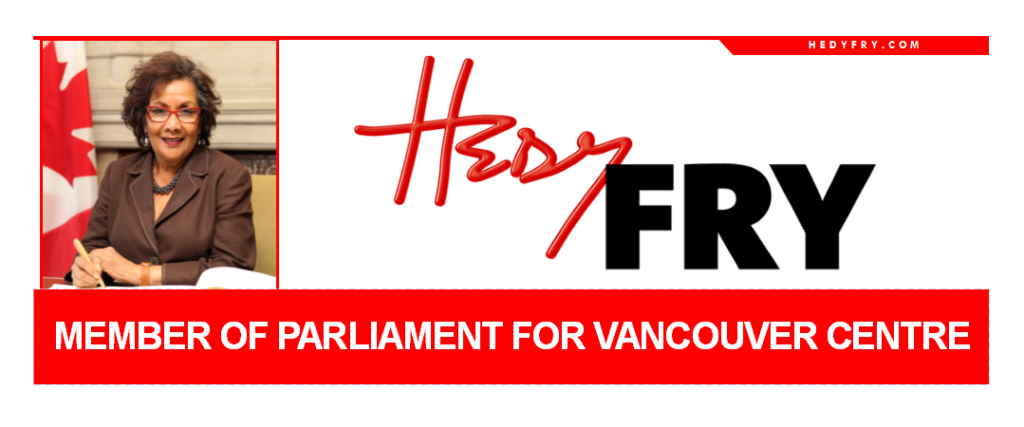
Canada and the United States have agreed to extend the temporary restriction of all non-essential travel across the Canada-U.S. border until at least June 21st, 2021.
The Government of Canada’s top priority remains the health and safety of Canadians, and this extension will continue to protect people on both sides of the border while ensuring the flow of essential goods and services between our two countries.
All travelers entering by air must present a negative COVID-19 test result received within 72 hours of departure to Canada. More information Mandatory Pre-Departure Negative COVID-19 Test. All travelers entering Canada must still quarantine or isolate for 14 days.
- As of February 15, 2021, all travellers to Canada by land (with some exceptions) are required to provide proof of a negative COVID-19 test result taken within 72 hours of arrival at the border or a positive test result taken 14 to 90 days prior to arrival to Canada.
- On February 22, 2021, will have to take a COVID-19 test upon arrival to Canada and await their results in quarantine at a government-designated hotel for up to three days at their own expense, up to $2,000.
- Those who receive negative test results will be allowed to return home to complete their two-week isolation
- Those who test positive test results for the virus will have to quarantine in designated government facilities.
It is mandatory for all travelers to Canada to submit their travel information using the ArriveCAN App.
Arriving from the United States
If you are a foreign national arriving from the United States, to enter Canada, you must prove to the CBSA that you:
- are traveling for a non-discretionary (essential) purpose or are an immediate family member
- are not presenting signs or symptoms of COVID-19
- have a plan to quarantine for 14 days, unless exempted
The Canada-U.S. temporary border restriction continues. All discretionary/optional/non-essential travel remains prohibited.
Transiting through Canada to Alaska
As of , at 12:01 am PDT, if you are transiting through Canada to Alaska for a non-discretionary (essential) reason, you must follow stricter rules and meet additional entry conditions.
Specifically, you have to enter Canada at one of the following ports of entry (POE):
- Abbotsford-Huntingdon (British Columbia)
- Coutts (Alberta)
- Kingsgate (British Columbia)
- North Portal (Saskatchewan)
- Osoyoos (British Columbia)
If you arrive at a non-identified POE for the purpose of transiting to Alaska, the CBSA will deny you entry and advise you to go to one of the five identified POEs.
No matter the reason for travel, if you have COVID-19 or exhibit any signs or symptoms of COVID-19, you will not be allowed to enter Canada.
Providing false information to a BSO may lead to consequences such as being denied entry and/or banned from returning to Canada.
Following admission into Canada, you:
- will be allowed a reasonable period of stay to carry out the transit
- must limit your travel within Canada to the most direct route to your intended POE of exit, avoiding all national parks, leisure sites and tourism activities
- must report to the nearest CBSA POE to confirm your exit from Canada, before entering the U.S.
The CBSA will issue you a vehicle “hang tag” to attach to your rearview mirror for the duration of your transit. The tag will include the date you must depart Canada as well as information on the conditions imposed upon entry, the Quarantine and Emergencies Acts and a list of public health and safety measures to follow. These measures include:
- avoiding contact with others while in transit
- remaining in the vehicle as much as possible
- not making any unnecessary stops
- practicing physical distancing at all times
- paying at the pump if you need gas
- using a drive-through if you need food
- wearing a suitable mask or face covering while in transit
- ensuring good hygiene practices if you need to use a rest area

